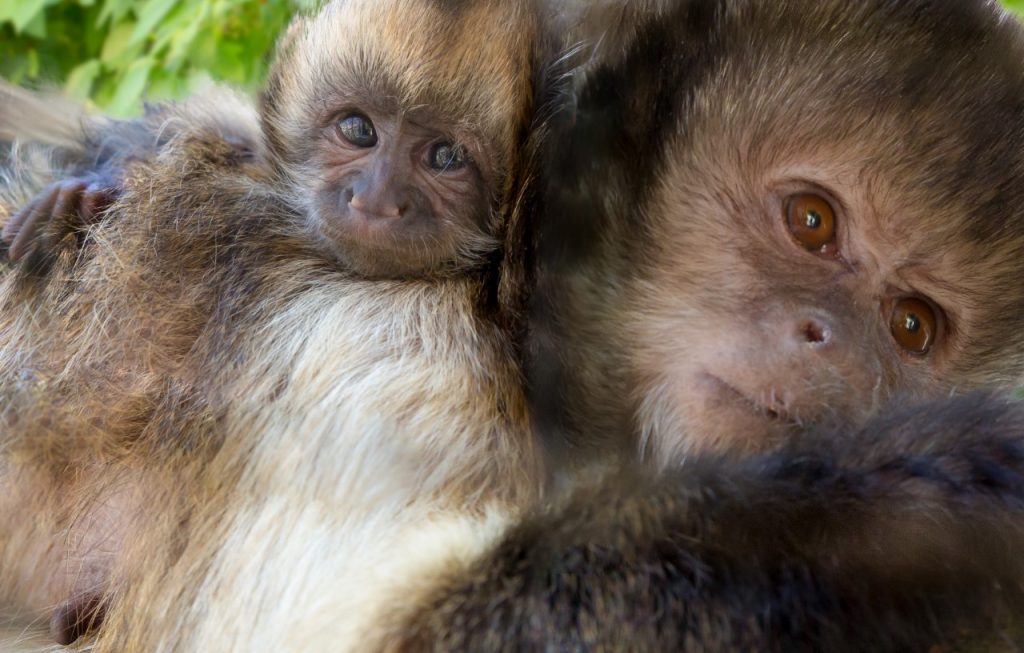Hyena diet survey and nutrient guidelines
Citation
Kerr K, Kuhn E, Swanson K, Dierenfeld E. 2007. Hyena diet survey and nutrient guidelines. In Ward A, Hunt A, Maslanka M, Eds. Proceedings of the Seventh Conference on Zoo and Wildlife Nutrition, AZA Nutrition Advisory Group, Knoxville, TN.
Abstract
Diet and nutrition of captive hyenas was evaluated through a survey to document feeding practices. Survey results were compared to both the domestic cat and dog dietary recommendations. The 15 U.S. institutions surveyed fed 60 (33.27) spotted hyenas (Crocuta crocuta) 22 different weekly diets, an average of 11.75 + 9.16 kg of food weekly (amounts on an as-fed basis). Weekly diets provided calculated kcal ranging from 6,500 to 92,300 kcal (approximately 930 to 13,185 kcal daily). Average body mass of the hyenas was 53.15 + 9.6 kg (n=59).
There was considerable variation in the diets offered between and within facilities. Frozen horsemeat-based diet was the main component of 14 diets fed at 11 institutions (75.09 + 16.80%). Bone was the main component of two diets fed at two separate institutions (63.78% & 73.94%). One diet was mainly comprised whole prey (67.03% of total ingredient weight, as-fed basis), and another diet’s main component was dry dog food (45.16% of total weight). Three institutions fed a horsemeat-based mixture (53.93 + 0.72%) and bone (46.07 + 0.72%) as the two main components of the diet, and one fed a horsemeat-based mixture (39.48%) and poultry meat portions (44.74%) as the two main components. All of the institutions fed a commercially prepared horsemeat-based, nutritionally complete mixture for carnivores as some part of the total diet.
On average, the composition of the diets offered were as follows: moisture: 54.5% (SD=12.9%), crude protein: 38.4% (SD=11.5%), crude fat: 26% (SD=5.6%), crude fiber: 5% (SD=1.9), ash: 22% (SD=11.2%) and ME (kcal/g): 4.41 (SD=0.4) (all nutrients except water presented on a dry matter basis). The calculated nutrient content meets or exceeds known requirements of both felids and canids. Controlled studies are needed to assess whether cats or dogs are a more suitable physiologic model for Hyenaidae.
 Kerr – HYENA DIET SURVEY AND NUTRIENT GUIDELINES.pdf 3 MB
Kerr – HYENA DIET SURVEY AND NUTRIENT GUIDELINES.pdf 3 MB








